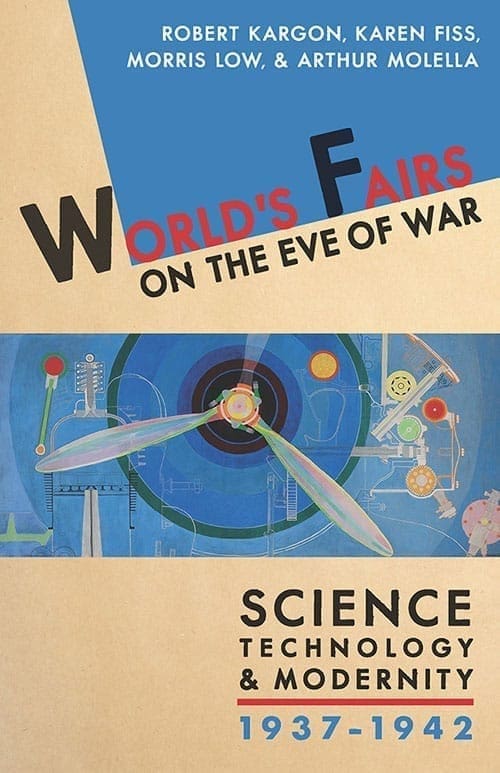
-
Robert Kargon
(author)
-
University of Pittsburgh Press ,2015
- Purchase Online
Since the first world’s fair in London in 1851, at the dawn of the era of industrialization, international expositions served as ideal platforms for rival nations to showcase their advancements in design, architecture, science and technology, industry, and politics. Before the outbreak of World War II, countries competing for leadership on the world stage waged a different kind of war–with cultural achievements and propaganda–appealing to their own national strengths and versions of modernity in the struggle for power. Most of the existing literature about world’s fairs tends to focus either on one particular event, or only on fairs in the US. This book takes a novel approach by studying five fairs and expositions from across the globe, and before the Second World War–including three that took place (Paris, 1937; Dusseldorf, 1937; and New York, 1939), and two that were in development before the war began (Tokyo, 1940; and Rome, 1942). It is one of the first books to consider representations of science and technology at world’s fairs as influential cultural forces, and at a critical moment in history, when tensions and ideological divisions between political regimes would soon lead to war.